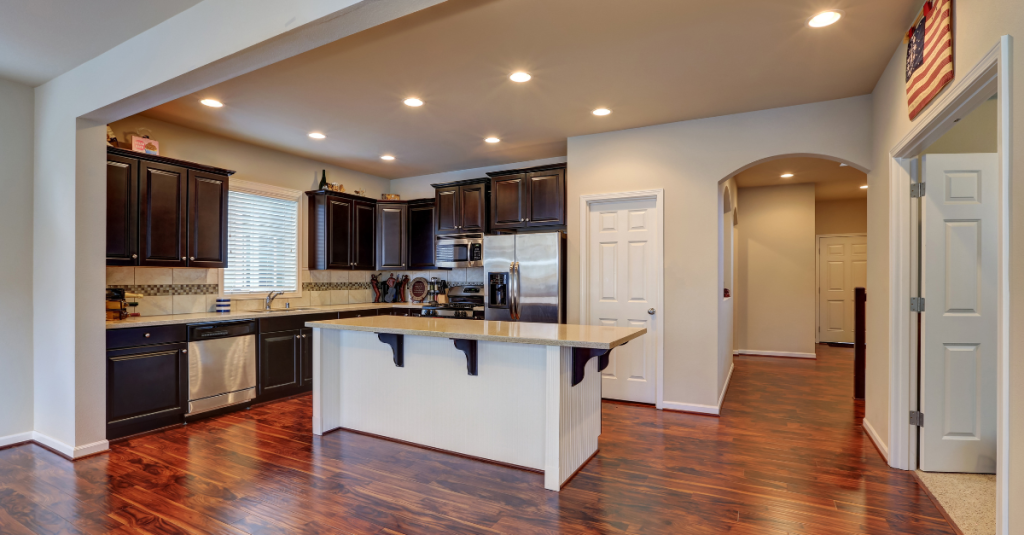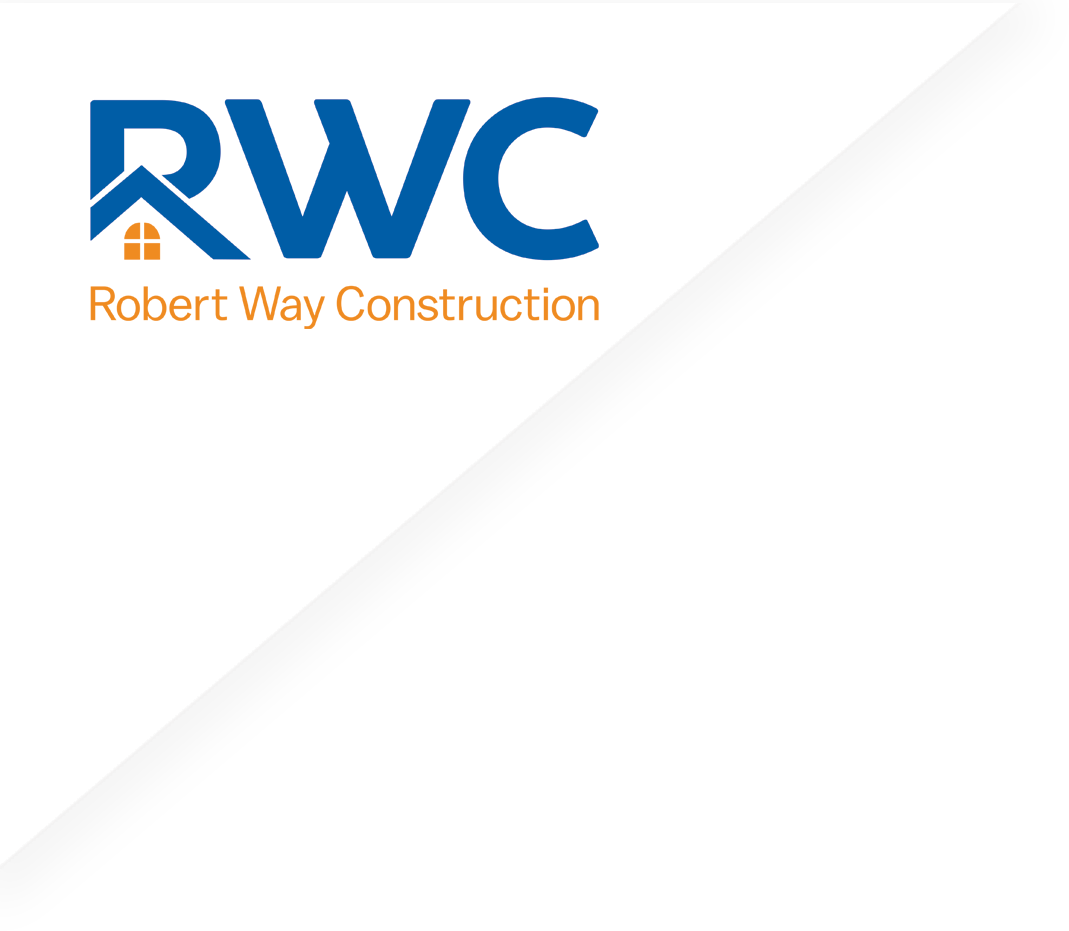What Is a Certified Aging-in-Place Specialist, and Why Do You Need One?
More older adults are choosing to remain in their homes rather than move into assisted living or nursing facilities. For many families, the key to making that possible is working with a Certified Aging-in-Place Specialist (CAPS), a professional trained to adapt homes for safety, comfort, and long-term independence.
From simple updates like adding grab bars in the bathroom to larger projects such as widening hallways or reconfiguring kitchens, planning ahead is essential. The earlier you involve a Certified Aging-in-Place Specialist, the easier it is to design modifications that solve your current needs while preparing your home for the future.
What Is a Certified Aging-in-Place Specialist (CAPS)?

The CAPS designation was created by the National Association of Home Builders (NAHB) in partnership with the American Association of Retired Persons (AARP). It recognizes professionals who have completed specialized training in:
- Universal design principles that make spaces accessible to all ages and abilities.
- Remodeling strategies that balance safety, comfort, and aesthetics.
- Understanding age-related challenges to design with empathy and foresight.
While the program was built to support older adults, the truth is CAPS strategies benefit everyone. Universal design creates spaces that are safer, more comfortable, and easier to use for people of all ages and abilities.
For instance:
- Wide, step-free entryways that make it just as simple for a grandparent with a walker to come inside as it is for a parent pushing a stroller
- Better lighting that prevents falls for seniors while also making homework time at the kitchen table easier for kids.
At Robert Way Construction, our Certified Aging-in-Place Specialist designation equips us to design modifications that don’t just “add accessibility” but enhance the way your home looks, feels, and functions.
What Does It Take to Become a Certified Aging-in-Place Specialist?

To earn the credential, professionals must complete NAHB-approved coursework and pass rigorous exams. Topics include:
- The physical, social, and emotional needs of older adults.
- Design solutions that improve safety and accessibility.
- Proper product selection and installation techniques.
Certification isn’t a one-and-done achievement. To maintain their designation, CAPS professionals complete continuing education, staying current with best practices, new products, and evolving standards.
Beyond passing the coursework, CAPS professionals also sign a Code of Ethics, committing to the highest standards of professionalism, safety, and integrity.
This ongoing training and commitment ensure you’re working with someone who’s always up-to-date on the smartest, safest ways to prepare your home for the future.
Why CAPS Training Matters

Any contractor can install a handrail or widen a doorway. But a Certified Aging-in-Place Specialist brings a unique blend of expertise, foresight, and partnerships that ensure your home supports independence for years to come.
CAPS training…
- Incorporates the latest research on aging, accessibility, and safety. Every recommendation is grounded in proven strategies.
- Emphasizes long-term planning instead of short-term fixes. Your remodel is designed to adapt as your needs change, saving you from costly rework later.
- Builds a collaborative network of designers, architects, suppliers, and healthcare professionals, so your project benefits from multiple perspectives.
With this specialized training, CAPS professionals bring technical knowledge and human understanding to every project. Through training, we’re able to help you create a home that is safer, more comfortable, and ready to support you well into the future.
Do You Really Need a CAPS Professional?

You might be wondering, can’t a regular contractor handle these updates?
The answer depends on your priorities. While many contractors are skilled at general remodeling, a Certified Aging-in-Place Specialist brings the expertise to design for beauty and safety.
A CAPS professional is uniquely equipped to:
1. Spot risks you might not think about.
Beyond grab bars and ramps, CAPS consider hallway widths, flooring transitions, door lever handles, and even lighting placement. They catch all the small details that make a big difference in day-to-day living.
2. Design modifications that blend with your home’s style.
CAPS professionals are trained to create solutions that look intentional rather than clinical. A bathroom with a curbless shower or a kitchen with multi-height counters can feel modern and beautiful while still improving accessibility.
3. Balance immediate improvements with long-term planning.
Instead of tackling one-off projects that may not connect, a CAPS professional can help you create a phased plan. You can prioritize what matters most now while knowing your home will be ready as your needs change.
4. Connect you with trusted resources.
Many CAPS remodelers partner with healthcare professionals, designers, and product suppliers, ensuring your project benefits from a well-rounded perspective.
In other words, a CAPS professional helps ensure your home is thoughtfully prepared to support your safety, comfort, and independence both now and in the future.
Common Home Modifications a Certified Aging-in-Place Specialist Can Help With

CAPS remodelers focus on updates that make everyday living safer and more comfortable without sacrificing style. Here are five key areas where updates often make the biggest difference:
-
Bathrooms Upgrades
Upgrades may include zero-threshold showers, grab bars, handheld showerheads, comfort-height toilets, and slip-resistant flooring.
These features are designed to reduce fall risks and make daily routines easier and can be integrated in ways that look modern and elegant with a CAPS professional guiding the project.
-
Kitchens
Accessible kitchens often feature lowered countertop heights, pull-out shelves, lever-style handles, and multi-level work surfaces that serve everyone in the household.
These updates don’t have to make a kitchen feel utilitarian. Today’s designs include stylish cabinetry, concealed storage, and attractive finishes that blend seamlessly with the rest of the home.
-
Entrances and Mobility Paths
Entryway modifications like ramps, zero-step thresholds, and covered entrances can be built with materials and finishes that complement the home’s exterior design. Inside, widening hallways and doorways make it easier to move throughout the home without disrupting the overall flow of the floor plan.
Thoughtful trim, lighting, and flooring choices ensure these updates feel like natural extensions of the home’s character.
-
Living Spaces and Additions
For many, aging in place means reducing reliance on stairs. Converting a first-floor room into a bedroom and bathroom suite, or building a home addition or in-law suite, creates flexibility for the future.
CAPS approach these projects with an eye toward both function and aesthetics, ensuring the new spaces flow seamlessly with the existing home’s layout and style.
-
Lighting, Flooring, and Safety Features
Better lighting in kitchens, hallways, and stairways reduces shadows and prevents accidents, but it doesn’t have to be harsh or clinical. Layered lighting designs, attractive fixtures, and smart technology make homes safer while also enhancing atmosphere.
Similarly, slip-resistant flooring can be chosen in finishes like wood-look tile or luxury vinyl planks that match the home’s style. Even safety features such as railings or smart-home alert systems can be integrated in ways that feel cohesive and modern.
These kinds of updates require an understanding of how people’s needs change over time and how to integrate safety features without sacrificing design. That’s exactly what Certified Aging-in-Place Specialists are trained to do.
Ready to Plan Your Forever Home?
Whether you’re approaching retirement or helping a parent plan ahead, there’s no better time to start preparing your home for the future.
At Robert Way Construction, our Certified Aging-in-Place Specialists are here to help you design a home that is:
- Safe for today and tomorrow.
- Functional for every stage of life.
- Beautiful—because safety doesn’t mean sacrificing style.
Schedule a call today, and let’s build the forever home you deserve.

